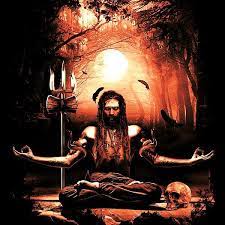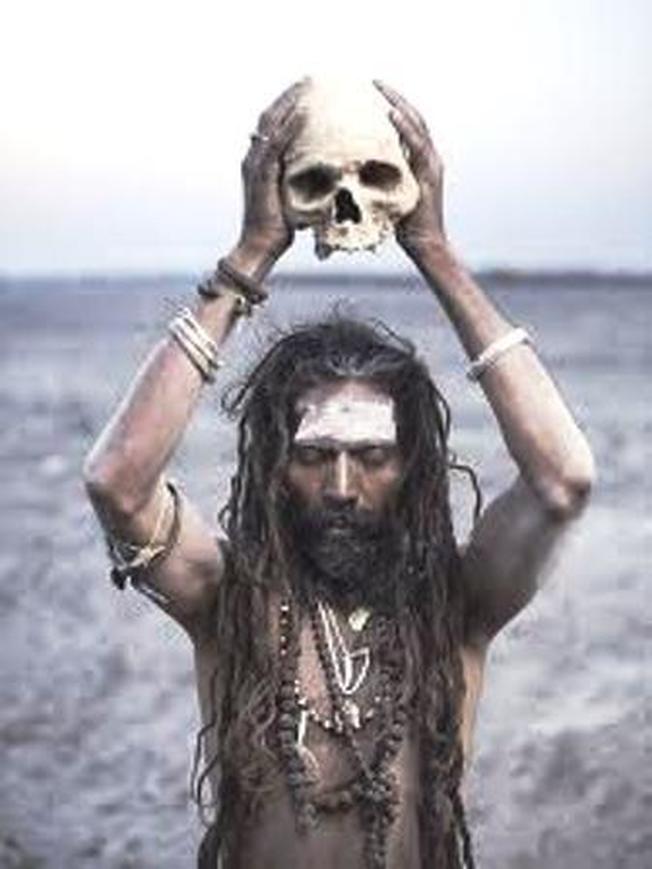Shaivism:
The development of various schools of Shaivism from early worship of Rudra.
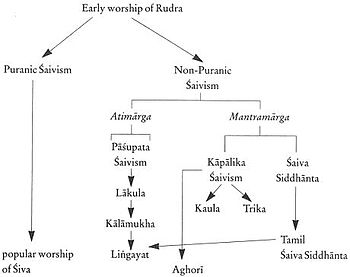
The Five Faces of Lord Shiva:
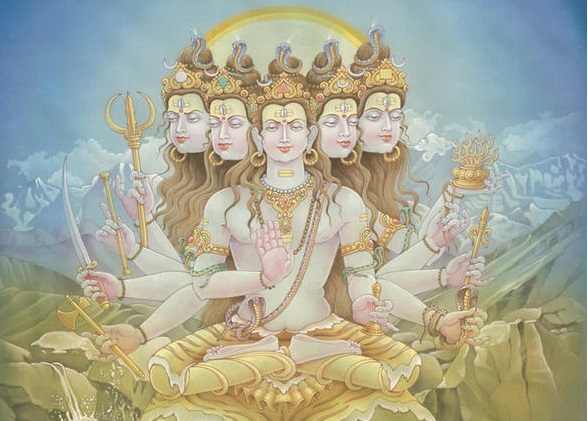
1. Sadyojata (“quickly birthing”), the controlling Lord of Brahma, is the aspect of Siva that wields the power of creation. His direction is west, He is related to the sphere of earth (prithivi mandala) and His Panchakshara Mantra syllable is Na. The Agamas describe Him as white in color, in the likeness of a boy with a charming face, besmeared with sandalwood paste, adorned with white flowers. One hand displays the boon-granting varada mudra and another the fear-not abhaya mudra. He is Siva manifest in all of nature; the causer of birth.
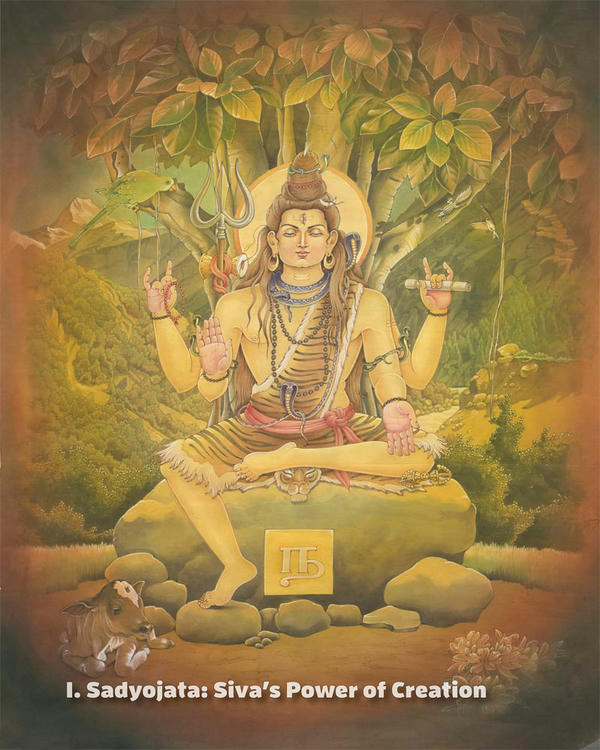
2. Vamadeva (“lovely, pleasing”),
the controlling Lord of Vishnu, is the aspect of Siva that wields the
power of preservation. His direction is north, He is related to the
sphere of water (jala mandala), and His Panchakshara Mantra syllable is
Ma. The Agamas describe Him as red in color, with a handsome face and
aristocratic bearing, wearing rich apparel, a turban and garlands of
flowers. He holds a sword and a shield.
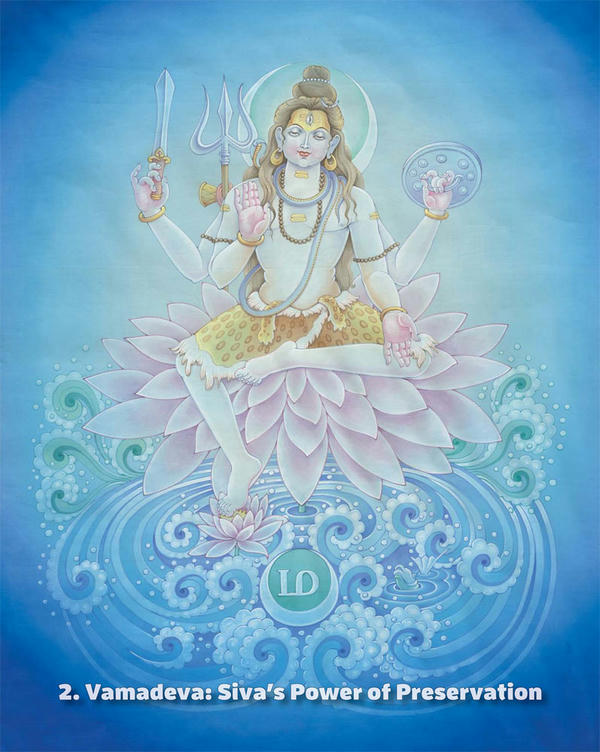
3. Aghora (“nonterrifying”), the controlling Lord of Rudra, is the aspect of Siva that wields the power of dissolution. His direction is south, He is related to the sphere of fire (agni mandala), and His Panchakshara Mantra syllable is Si. The Agamas state that Aghora Deva is the color of dark cloud and is adorned with crescent studded crown and beautiful earring. Though His expression is pleasant, His appearance is dreadful, with long, projecting teeth, and a tawny colored beard, moustache and matted hair. He is adorned with snakes and scorpions and a garland of skulls. The four hands on the left side hold a fire, khatvanga (a staff with a skull at its top), shield and noose. The four hands in the right side hold a trident, hatchet, sword and staff.
4. Tatpurusha (“supreme soul”), the controlling Lord of Maheshvara, is the aspect of Siva that wields the power of obscuration. His direction is east, He is related to the sphere of air (vayu mandala), and His Panchakshara Mantra syllable is Va. The Agamas describe Tatpurusha Deva as gold in color, dressed in yellow silken cloth, head adorned with a crown and crescent moon. In one hand he holds a string of beads and in another His trident staff.
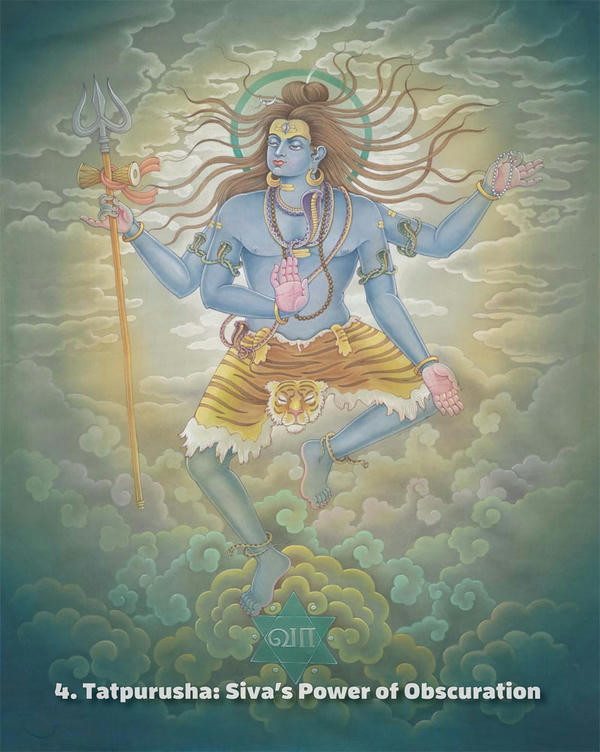
5. Ishana (“ruler”), the controlling Lord of Sadasiva, is the aspect of Siva that wields the power of revealment. His direction is upward, He is related to the sphere of ether (akasha mandala), and His Panchakshara Mantra syllable is Ya. The Agamas describe Ishana Deva as pure crystal in color, with three eyes. In one hand He holds a trident and in another a string of beads. His two other hands present the abhaya (“fear not”) and dhyana (meditation mudras. Bearing a crescent on His crown, His form is charged with benevolence.
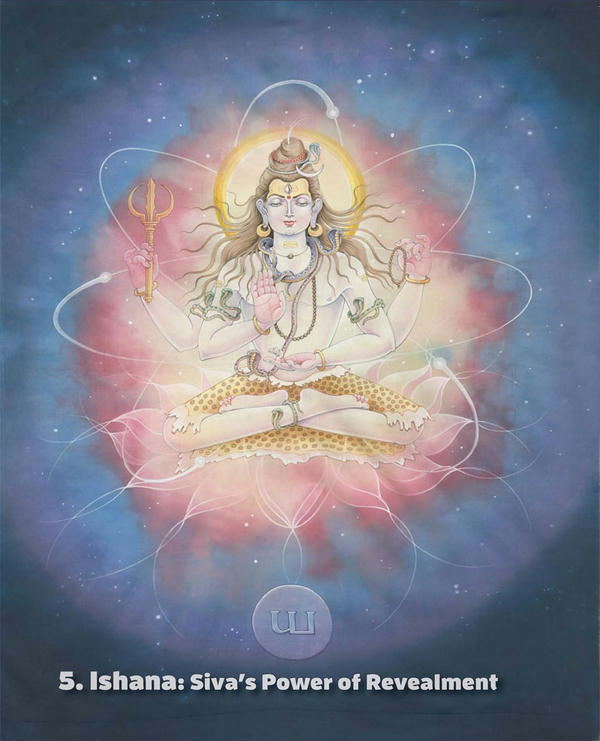
Aham Bramhasmi:
I am Brahman or I am Divine
Aham - literally "I"
Brahma - ever-full or whole
Asmi - "am,"
Aghori Mantra:
Om aghorebhyo tha ghorebhya ghor ghor tarebhaya sarvebhya sarva
sarvebhyo namaste astu rudra rupebhyaha : om shanti shanti shantihi...
(My salutations to those who are not terrible, to those who are
terrible, and to those who are both terrible and not terrible.
Everywhere and always I bow to all Rudra forms.)
GURU Mantra:
This is the Sacred Secret Mantra given by the Guru to the Shisya at the time of Aghor Dhiksha.
Types of Aghori Sects:
There are Three main types of Aghori sects as below:
1) Nath Panth Aghor Sampradaya (Dhakishinacharam): This the old ever existing sadhu panth from Pre-Vedic period. This Aghor panth is proposed by the Lord Shiva, who is the first Aghori. These Aghories can be found mainly at holy places like Ujjain, Varanasi, Girinar, Nasik in INDIA.
2) Vamacharam Panth: All Sadhanas are similar to Nath Aghor Sampradaya, But in vamacharam, the sadhanas will be done along with Nari (Female) assuming her as Shakti and sadak as Shiva.
3) Baba Kinaram Panth: This Panth was formed by Sri Baba Kinaram ji, who is a Vishnav and found Vishnav Aghor Panth in 1600AD. His ashram is at Varanasi, Uttarpradesh, INDIA.
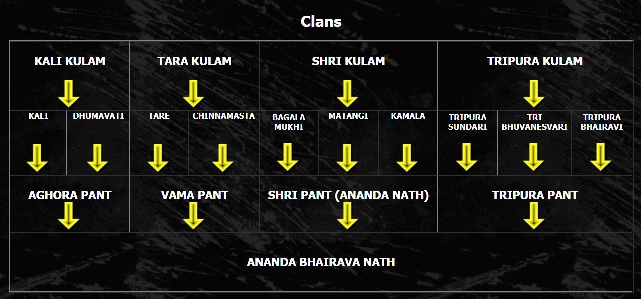
Sadhanas:
Sadhana means spiritual path, that is,
the set of all practices, rituals and austerities that are performed
with regularity and concentration, with the aim of obtaining liberation.
It is an act of purification and enlargement of the mind, which leads to
the State of Self Realization.
In the tantras it is stated that Shiva , in his infinite grace, full of
compassion for the suffering beings in this dark age, proclaimed the
tantric sadhana by means of
spiritual emancipation. Tantrism is not a simple theory or philosophy,
but above all prescribes a systematic sadhana , a regular discipline,
according to the temperament,
ability and evolutionary degree of the practitioner. A tremendous
opportunity to experiment with extraordinary techniques for spiritual
evolution, introducing yourself to the world of yantra, mantras and
tantras.
Yantras , mantras and tantra symbolically represent the three paths of
Hinduism. The yantra represents the path of knowledge (Jñanamarg),
themantra represents the path of devotion (Bhaktimarg), thetantra
represents the path of action (Karmasanyasmarg).
Main types of Sadhanas:
1)Repetition of the Name: , Namasmarana / Japa Mala (repetition of
formulas or mantras) / Bhajan
2)Dialogue: Satsang / Prayer
3)Abstention / austerity : Silence (abstention from speech) / Fasting
(whole, or limited to certain types of food) / Chastity / Asceticism
(renunciation of worldly life)
4)Study of sacred texts
5)Seva (selfless service)
6)Adoration: Puja / Yajña (ritual sacrifices) / Ablutions
7)Contemplation: Dhyana (meditation) / Contemplation of one or more
Murti
Aghori Sadhanas are:
Smashan Sadhana (made in a cremation ground)
shiva Sadhana (done by sitting on a corpse)
Shava Sadhana (made in a cremation ground)
Mahadasha Vidyas
Patra Sadhana (ritual offerings). There are 324 types of Pātra Sadhana
Pancha Munda Sadhana. (done by sitting on five skulls)
Bhairavi Sadhana, etc,.
Panchamakara :
Madya (wine) - Māṃsa (meat) - Matsya
(fish) - Mudrā (grains) - Maithuna (union)
Pancha Makara is also known as the Five M. In this Sadhana the five
elements are purified and energized by the mantra, through them and
together with the identification with one's divinity the Aghori can
develop the divine connection with the cosmic Shakti.
They are as follows:
Madya : Wine. Amrita, divine nectar that drips from the glands in
brain onto the tip of tongue and can be trapped using Khechari Mudra.
Transform the Tattva of Fire.
Mamsa : Meat. Control of speech. It symbolizes the Khechari Mudra
in which the tongue is swallowed back simulating eating meat. Silence.
Transform the Tattva of the Air.
Matsya : Fish. It represents the Nadi Ida and Pingala who are
controlled by the sadhaka (spiritual seeker) through the practice of
Pranayama. Transform the Tattva of Water.
Mudra : Hand Gustures. Spiritual company, satsang; gestures the
hands and body take when the Kundalini is activated and pass up through
the central channel, the Sushumna Nadi. Transform the Tattva of the
Earth.
Maithuna :Union. This is the most misunderstood concept of Pancha
Makara. Maithuna literally means union, it represents the union between
the goddess Kundalini and Shiva.Raising kundalini to the Sahasrara
chakra. Transform the Tattva of the Aether.
Dasa Mahavidya -
The 10 aspects of Adi Parashakti
In Tantra, the worship of Devi or Shakti is called Vidya (lit. Knowledge
- Wisdom). Among the countless tantric practices, the cult of the ten
major Shakti is called Dasa Mahavidya. These ten aspects of Shakti are
the personification of the whole creation.

he Mahavidyas are considered Tantric in nature and are usually
identified as:
Kali: The ultimate form of
Brahman, "Devourer of Time".
Tara: The Goddess as Guide and Protector, or Who Saves. Who
offers the ultimate knowledge which gives salvation (also known as Neel
Saraswati).
Shodashi or Lalita Tripurasundari: The Goddess Who is "Beautiful
in the Three Worlds"; the "Tantric Parvati" or the "Moksha Mukta".
Bhuvaneshvari: The Goddess as World Mother, or whose body is the
cosmos.
Bhairavi: The Fierce Goddess.
Chinnamasta: The self-decapitated Goddess.
Dhumavati: The Widow Goddess, or the Goddess of death.
Bagalamukhi: The Goddess who paralyzes enemies.
Matangi: The Prime Minister of Lalita; the "Tantric Saraswati".
Kamala: The Lotus Goddess; the "Tantric Lakshmi".
Hatha Yoga:
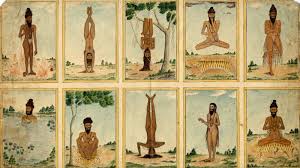
Hatha yoga is a branch of yoga. The
Sanskrit word, Hatha literally means "force" and thus alludes to a
system of physical techniques.
In India, hatha yoga is associated in popular tradition with the Yogis
of the Natha Sampradaya through its traditional founder Matsyendranath,
who is celebrated as a saint in both Hindu and Buddhist tantric and
hatha yoga schools. According to the Dattatreya Yoga Śastra, there are two forms of hatha yoga: one practiced
by Yajñavalkya consisting of the eight limbs of yoga, and another
practiced by Kapila consisting of eight mudras.
